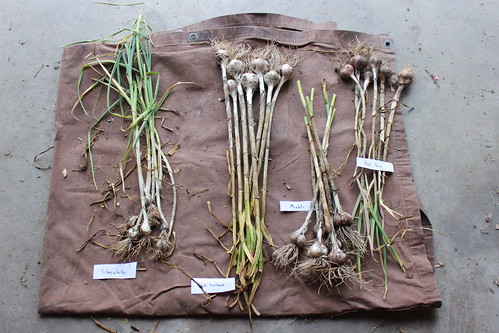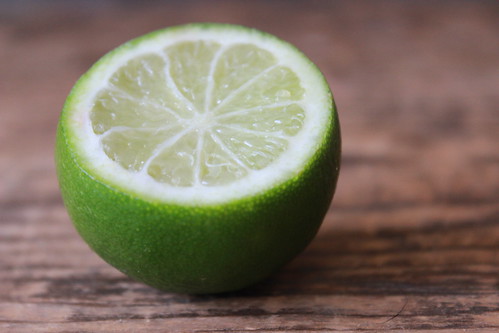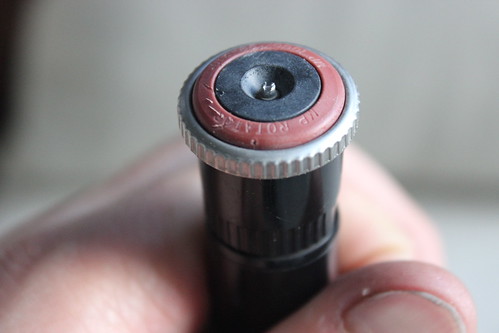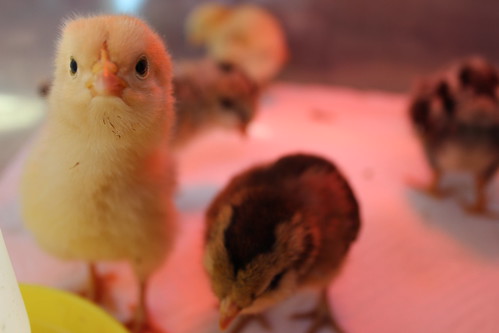
It's summer, it's hot outside, and we don't have air conditioning so, Self, please refrain from the stove at least a few nights a week!! We've posted about spring rolls here before but here's a twist on our old standby that includes more colorful veggies like red peppers and beets! The sauce is pretty great too! Thanks again to a recipe from Martha Stewart's Meatless cookbook. Have I ever mentioned that one of my favorite leisure activities is leafing through cookbooks from the library? I wonder which cookbook I will borrow next...
Ingredients:
rice paper wrappers
radish sprouts
3 carrots, julienned
3 candy cane beets, peeled, julienned
1 cucumber, julienned
1 red pepper, julienned
1/2 lb. firm tofu, sliced into long strips
Sauce Ingredients:
3 carrots, chopped
1/4 onion, chopped
2 T. fresh ginger, peeled
1/4 c. apple cider vinegar
2 T. tamari
1/4 t. toasted sesame oil
salt
black pepper
1/4 c. sunflower oil
1/4 c. water
Soak rice paper wrappers in warm water until just pliable. Put the rice paper wrapper on a plate, load it up with veggies, and roll. Dry off the plate between spring rolls so you get a good sticky surface to pull the wrapper taught.
For the sauce, blend everything but the oil and water until smooth. Then add the oil and water while the the blender or food processor is running.



















